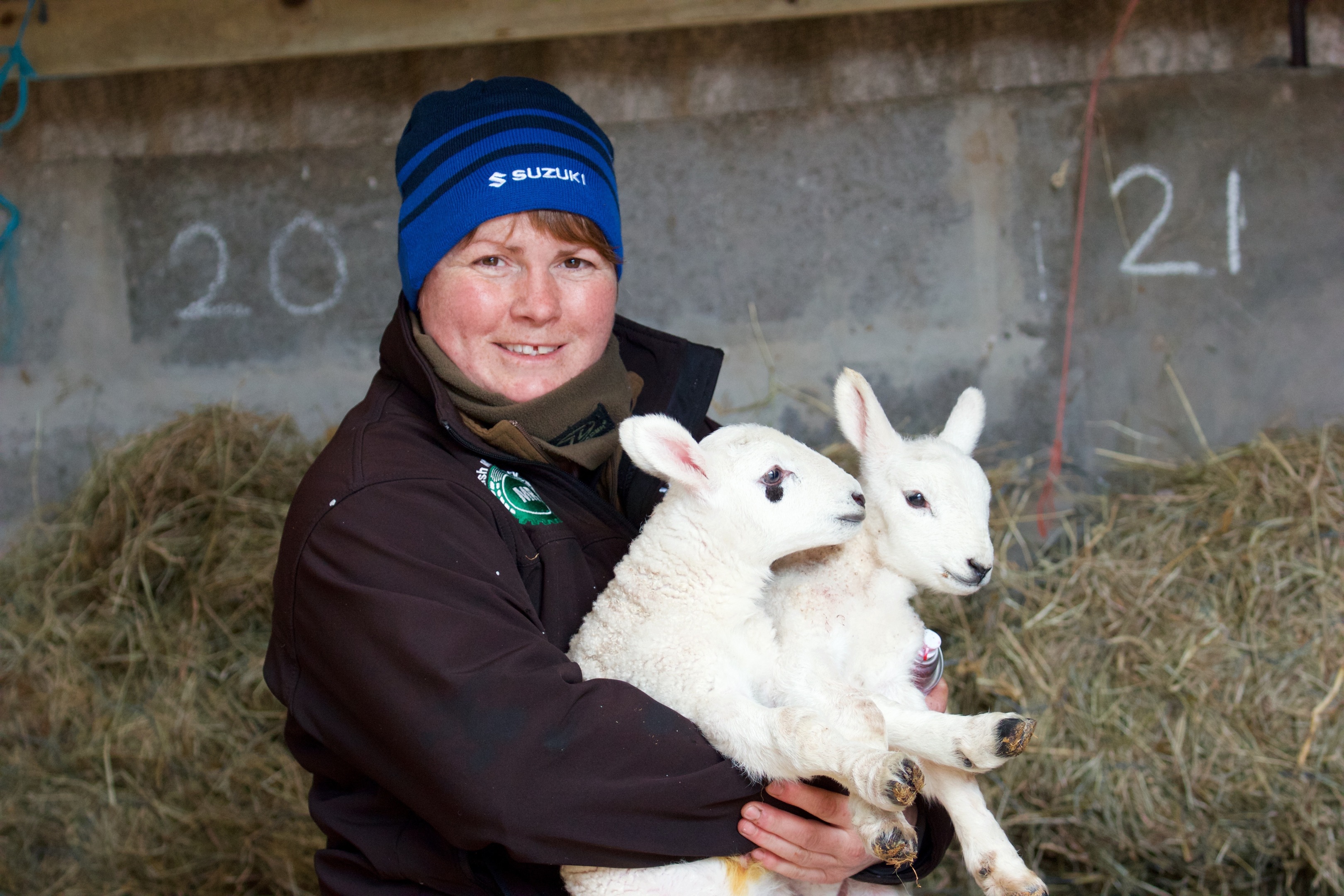Lambing was in full swing when Mother Nature decided to revert to winter to greet the new born lambs with an Arctic blast of cold air, wind, sleet, snow and hail.
We have just about enough grass on the in-bye parks for the freshly lambed ewes to be turned out, but it really does need to warm up to allow the grass to come again.
A shepherd’s life reverts to the very basics at this time of year. The alarm goes at 04.50 every morning and the first thought is: “it surely can’t be time to get up?”
Next dilemma is how many layers of clothes can you possibly manage to wear to prevent the cold from chilling you to the marrow. Meal times are spent in the shed with a pen of pet lambs nearby and our new pup Roy running about our feet.
We do a quick swap over with our night lamber, Dawn, who is a saint as she allows us the bliss of an unbroken sleep. Dawn looks after the shed where the triplets and twins are lambing for a couple of weeks.
The singles lamb outside and we check them as soon as the light allows. Due to the weather we decided to leave the latest bunch to lamb out on a rough hill reseed. It’s 150 acres with lots of shelter, giving the ewes a little respite, but it’s not without its dangers with burns and bogs for the newborns to navigate.
There is no better sight in the morning than to meet a gimmer proudly standing over her lamb as a pair of cocky lugs pops out from behind a rock. The mothering instinct is powerful and it amazes me no matter how many times I have witnessed it.
I only have experience of North Country Cheviot hill sheep but we, like other breed societies, have standards to adhere to. Feet, legs, noses, wool and hair all have to be the correct colour, be without blemish and free of kemp. Some rules I agree with, but not all. To my mind they are strongly influenced by fashion and the show ring. Some breeders prefer smaller framed sheep and others like more scope about their flock.
I try never to lose sight of what my own aims are for the ewes on Armadale and the lambs we produce. It is essential that a ewe wants to be a good mam and have plenty of milk. If I have done my job right the singles should be fit so they can lamb themselves. The tups that we breed and use would tend to be feminine.
When bad weather hits at lambing, these for me are the most important breed characteristics. I will live with a little brown on her heels if a ewe rears a couple of mid draw lambs weighing 31kg to 34kg when they are speaned and heading off in a lorry to Lairg in the middle of August.










